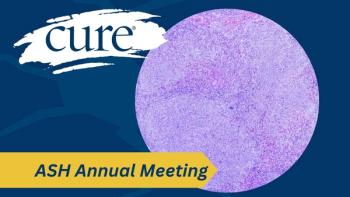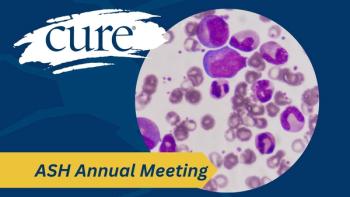
Half-Empty: A Pessimist's Guide to Cancer
Coming face-to-face with a cancer diagnosis not only shakes the very ground beneath one’s feet, it sends tremors throughout the mental landscape that constitute one’s worldview.
“Both optimists and pessimists contribute to our society. The optimist invents the airplane, and the pessimist the parachute.” — George Bernard Shaw
Of all the balancing acts performed by cancer survivors, walking the thin and shaky line between optimism and pessimism may be the most precarious. During the early stages of cancer treatment, I felt attempts to keep my glass half full, though the power of positive thinking was being equally matched by the half-empty reality of this disease. Hopes of a benign tumor were replaced by the shock of malignancy, while affirmations for a less invasive procedure were countered by orders for the full-frontal assault of thoracic surgery. On and on it went, increasing the fear that my optimism balloon was about to pop.
Ironically, what kept my positive hopes afloat was not resisting the pull toward the dark side, but allowing my inner cynic to see occasional daylight.
As a psychotherapist who believes in the power of positive psychology, I’m acutely aware that our thoughts shape our lives. I am familiar with the research that points out that optimists often heal faster, have better immune systems and are happier in the long run. I’m also aware of neurological studies that suggest that our brains are wired for a negativity bias that keeps new, and potentially harmful, experiences from being our last. We would not have lasted very long as a species if our optimistic ancestors had used positive thinking in the face of a charging saber-tooth tiger, rather than thinking the worst and allowing the natural reflex of fight or flight to kick in.
Finding the silver lining in the dark cloud of cancer can feel like a fool’s errand, despite the seemingly instinctive need to keep hope alive. Added to our own reflexive straining to see the bright side, are the wishes, needs and demands of loved ones that we stay upbeat. Though well-intended, this can lead some to conclude that pessimism is a sign of weakness, of giving up the cancer fight. Internalized, this can lead to feeling that the fault of their cancer lies not in the stars, but in themselves.
Coming face-to-face with a cancer diagnosis not only shakes the very ground beneath one’s feet, it sends tremors throughout the mental landscape that constitute one’s worldview. If that view is one where the grass is always greener, nice guys always finish first and good things happen to good people, it can be hard to see the big picture through the tears. Since sadness is a poor motivator, a heaping dose of pessimism can be a good antidote for the poisonous reality of the moment.
The positive side of a negative outlook is that it can spur one to take action, provide the impetus for needed change and help one marshal the resources for meeting a challenge. Additionally, exposing one’s inner pessimist to the light of day can be a healing ritual in the same way that turning a light on removes the frightening dark shadows from a room. The day I was finally able to give voice to my deepest fear about my upcoming chemo and radiation therapies, I felt that in that moment, I had exorcised a demon that had effectively withstood the onslaught of positivism.
As someone who entered the cancer arena prewired for anxiety, I’m a firm believer in the use of the psychological maneuver known as defensive pessimism. This constructive use of negativity has been shown to reduce anxiety by developing plans for dealing with the worst-case scenario rather than trying to will oneself into a positive frame of mind. Let’s face it, telling an anxious mind to not worry and just be happy is as useful as trying not to get wet in a rainstorm by thinking sunny thoughts. It’s better to just open the umbrella.
Whether or not we enter cancer survivorship with our glasses half-full or half-empty, it's helpful to remember that we need not choose a side in order to maintain wellness. I've discovered that the best answer to the question, "Are you an optimist or a pessimist?" is "Yes."





